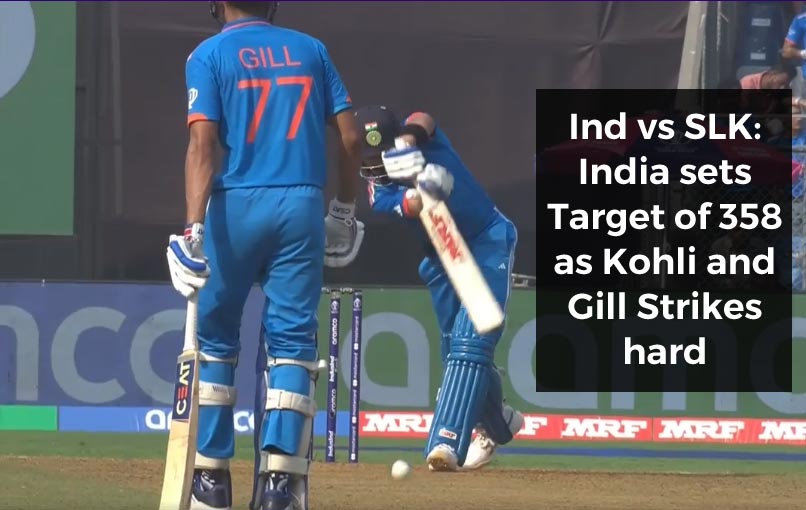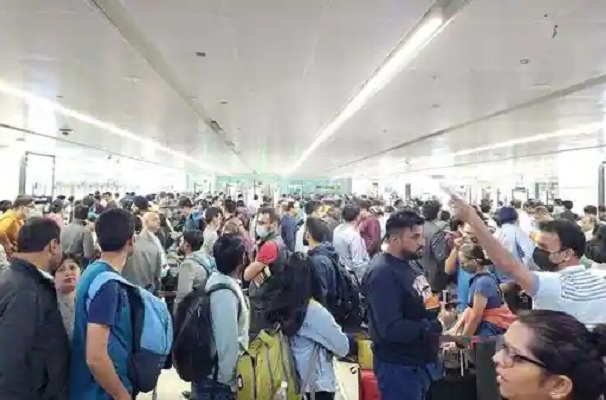GRAP-2 anti-pollution curbs in Delhi-NCR as air quality deteriorates to 'very poor' ahead of Diwali
Mon 20 Oct 2025, 00:23:55
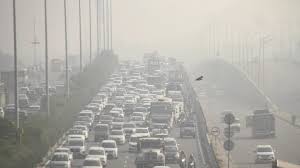
Delhi’s air pollution levels surged on Sunday, inching closer to the “very poor” category just a day before Diwali, prompting authorities to invoke GRAP-2 (Graded Response Action Plan) restrictions across the National Capital Region.
These measures include curbs on construction activity, regulation of industrial emissions, and stricter enforcement of pollution control norms, aimed at reducing particulate matter ahead of the festive season.
According to the Central Pollution Control Board (CPCB), the national capital recorded an Air Quality Index (AQI) of 296 at 4 pm, placing it in the “poor” range. An AQI between 301 and 400 is classified as “very poor.”
Out of 38 monitoring
stations in the city, 12 reported readings in the “very poor” range. Anand Vihar recorded the highest AQI at 430, followed by Wazirpur (364), Vivek Vihar (351), Dwarka (335), and RK Puram (323). Other areas such as Siri Fort, Dilshad Garden, and Jahangirpuri reported an AQI of 318, Punjabi Bagh at 313, Nehru Nagar at 310, Ashok Vihar at 305, and Bawana at 304.
stations in the city, 12 reported readings in the “very poor” range. Anand Vihar recorded the highest AQI at 430, followed by Wazirpur (364), Vivek Vihar (351), Dwarka (335), and RK Puram (323). Other areas such as Siri Fort, Dilshad Garden, and Jahangirpuri reported an AQI of 318, Punjabi Bagh at 313, Nehru Nagar at 310, Ashok Vihar at 305, and Bawana at 304.
Earlier last week, the Commission for Air Quality Management (CAQM) implemented GRAP-1 after Delhi recorded an AQI of 211, categorised as “poor.” GRAP-1 involves curbs on construction dust, monitoring industrial emissions, bans on waste burning, and advisories to limit outdoor exposure, especially for children, the elderly, and people with respiratory issues.
No Comments For This Post, Be first to write a Comment.
Most viewed from National
Most viewed from World
AIMIM News
Latest Urdu News
Most Viewed
May 26, 2020
Where should be the burial of the pilgrims martyred in the Saudi Arabia bus accident?
Latest Videos View All
Like Us
Home
About Us
Advertise With Us
All Polls
Epaper Archives
Privacy Policy
Contact Us
Download Etemaad App
© 2025 Etemaad Daily News, All Rights Reserved.

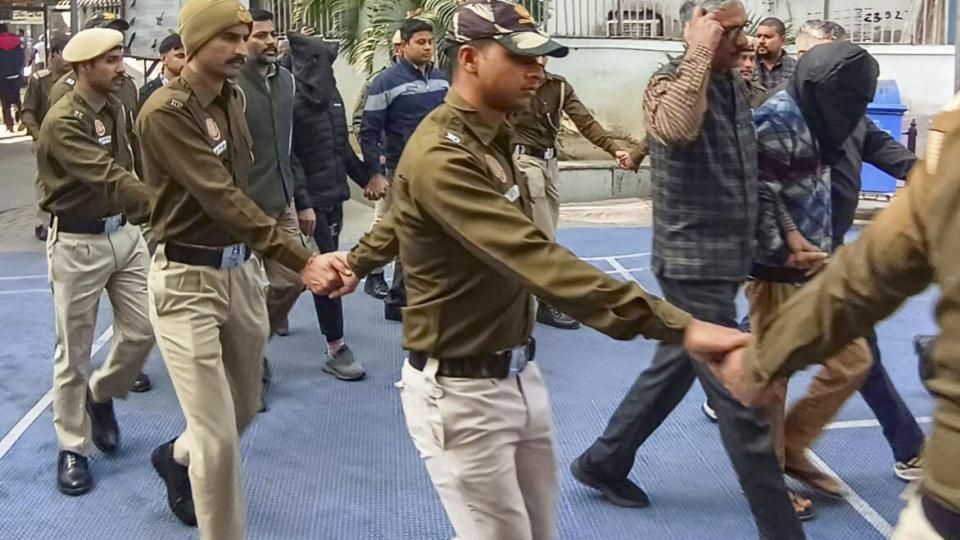
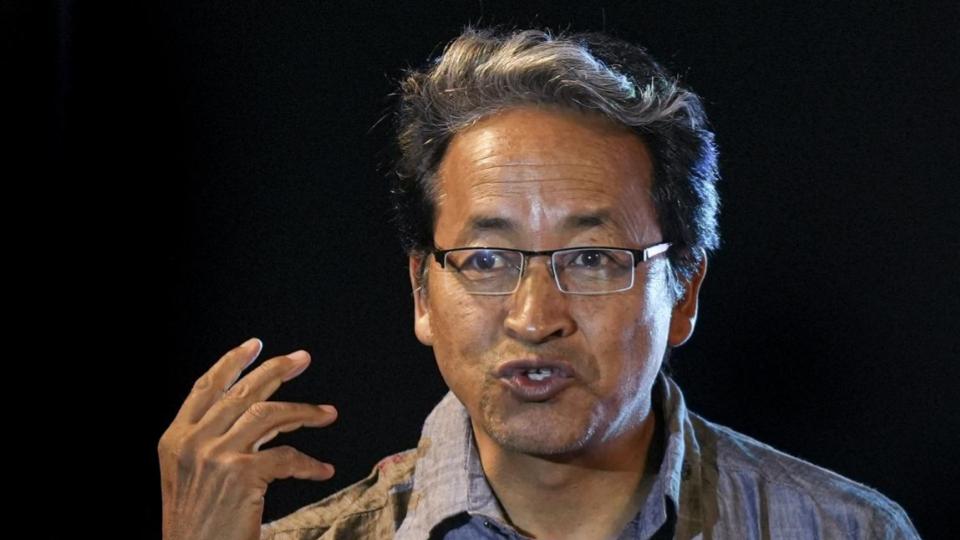
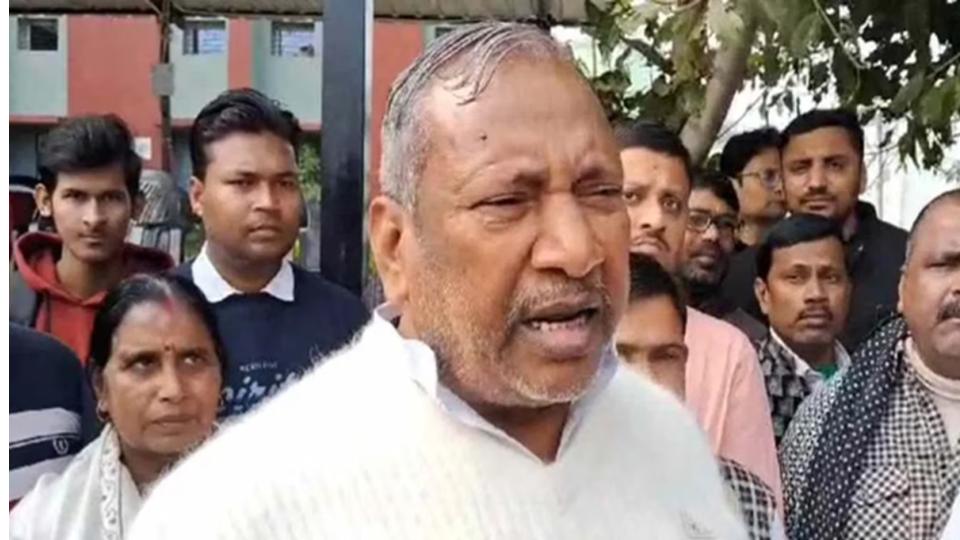


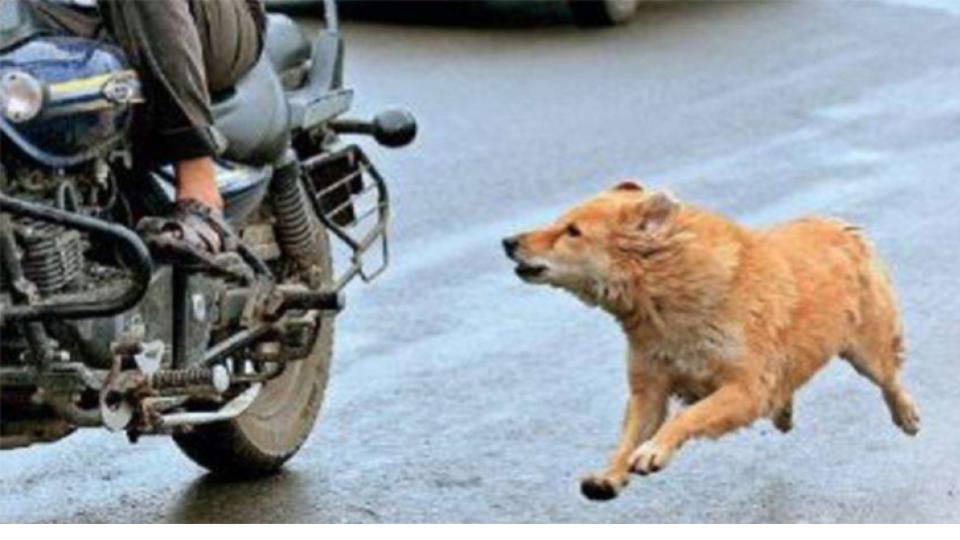
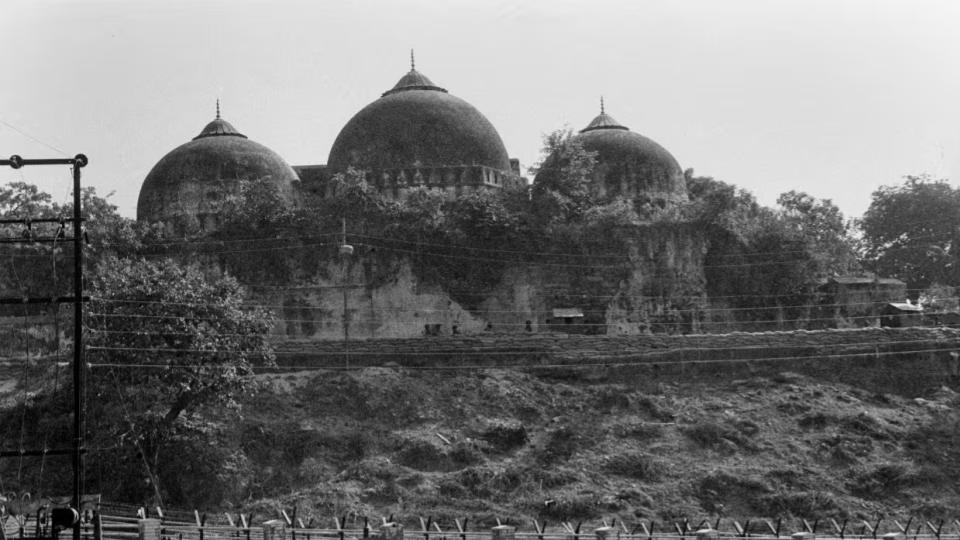
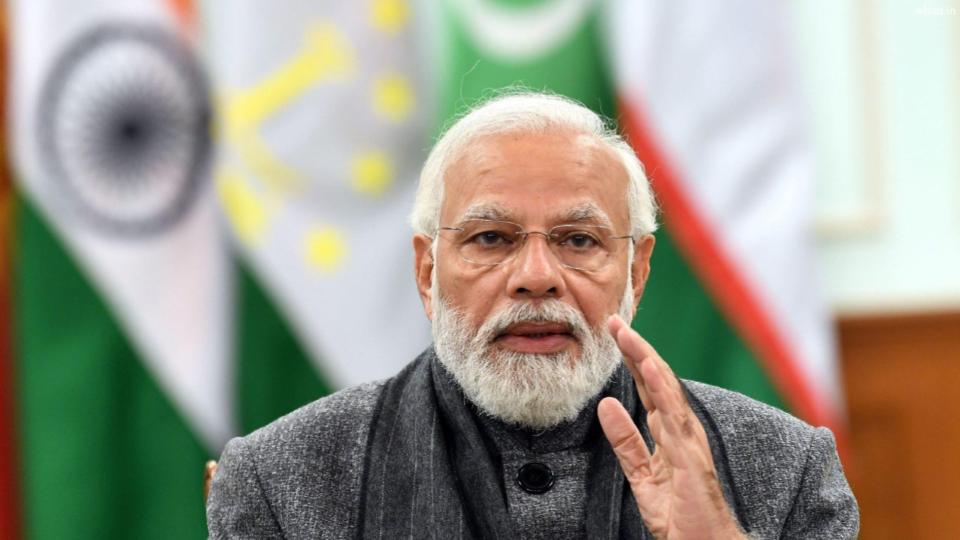
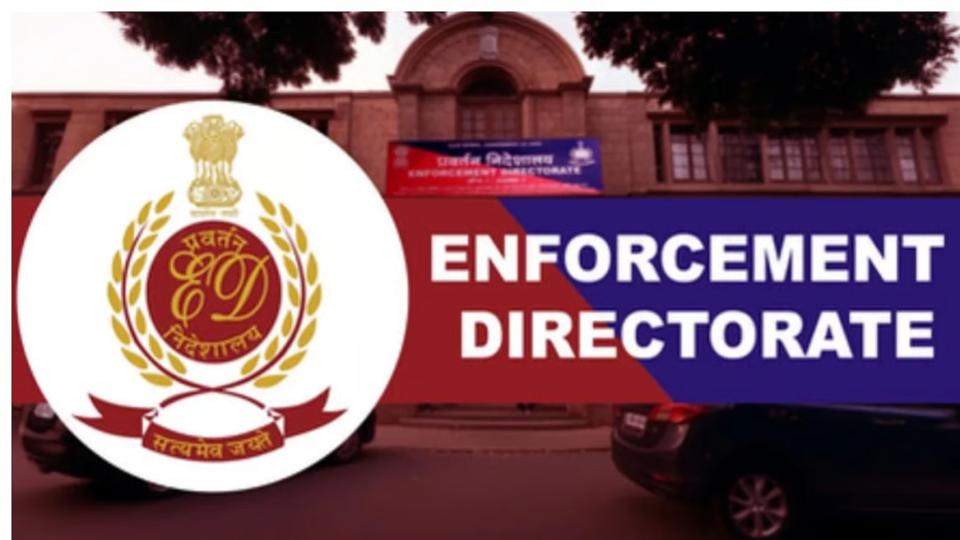
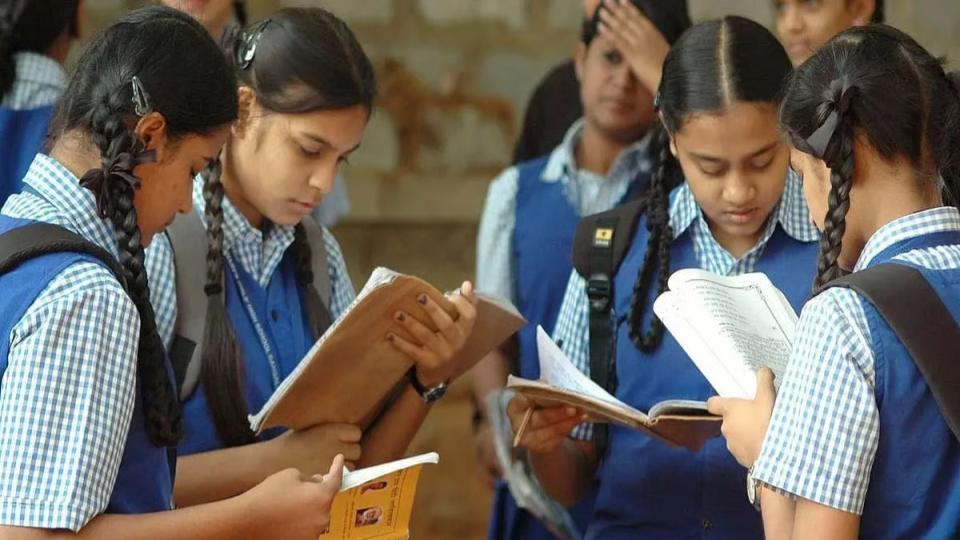



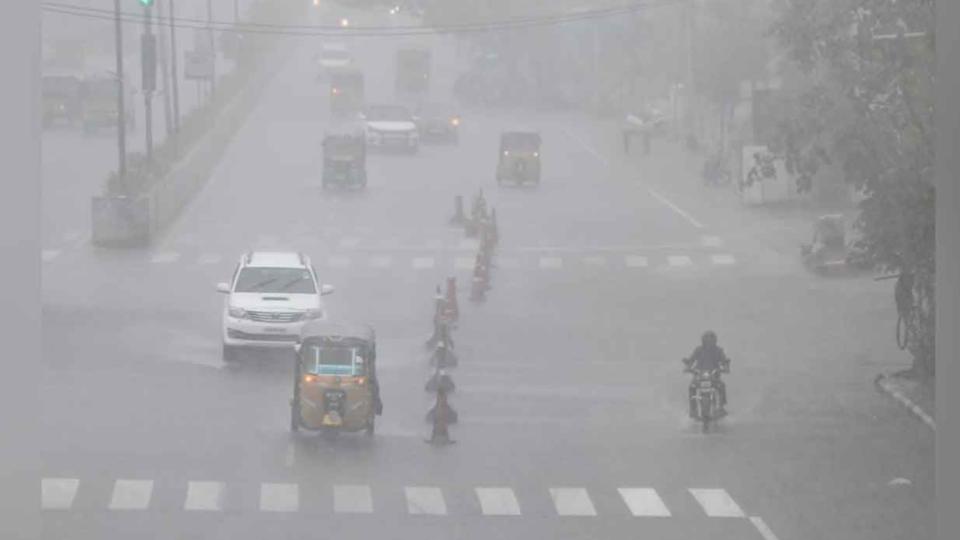
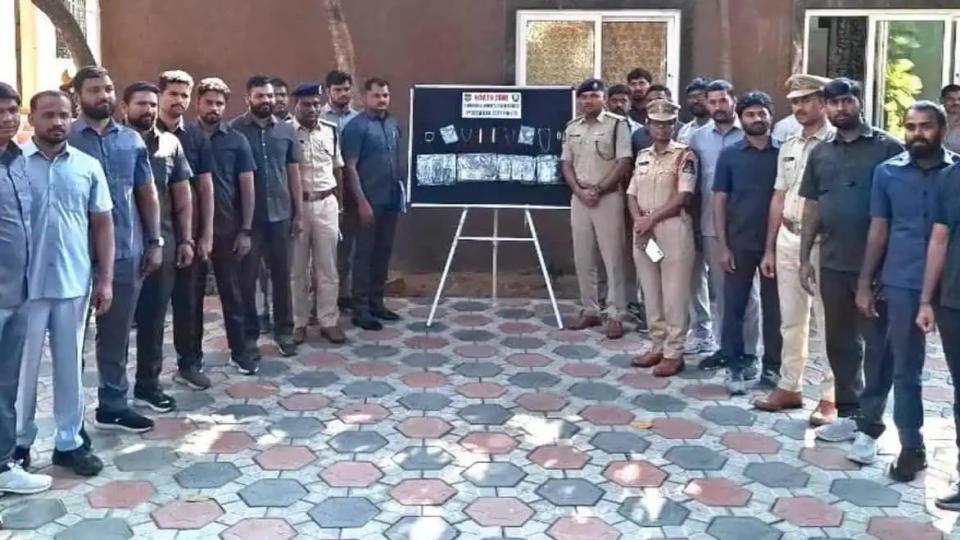
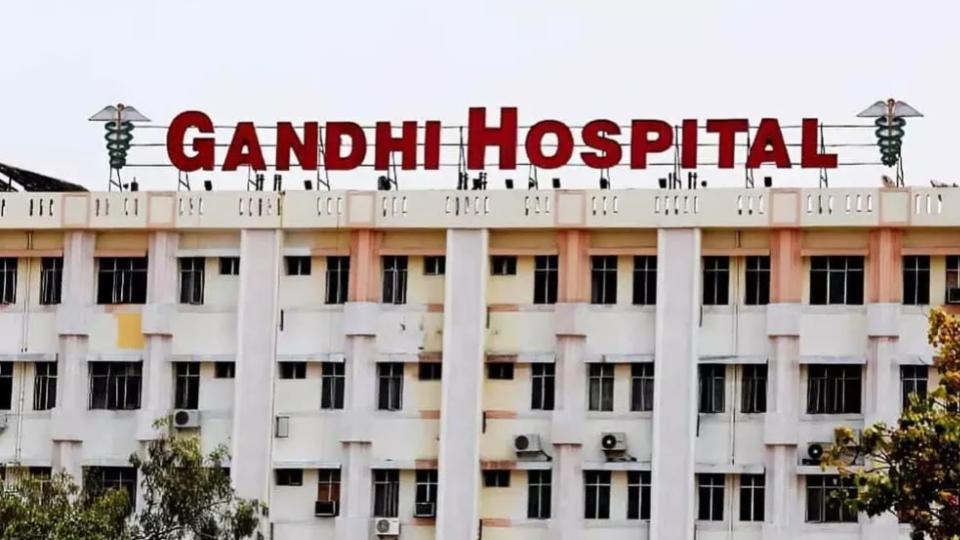
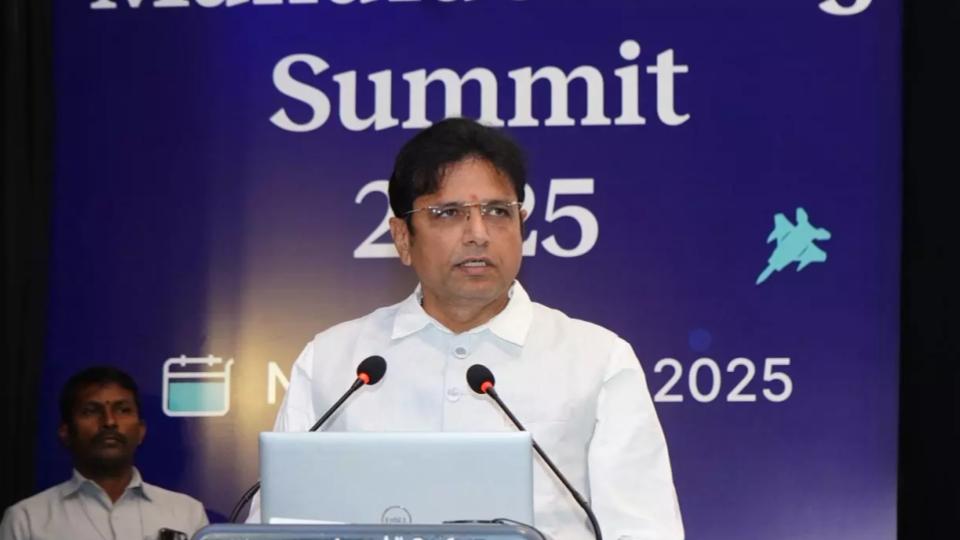




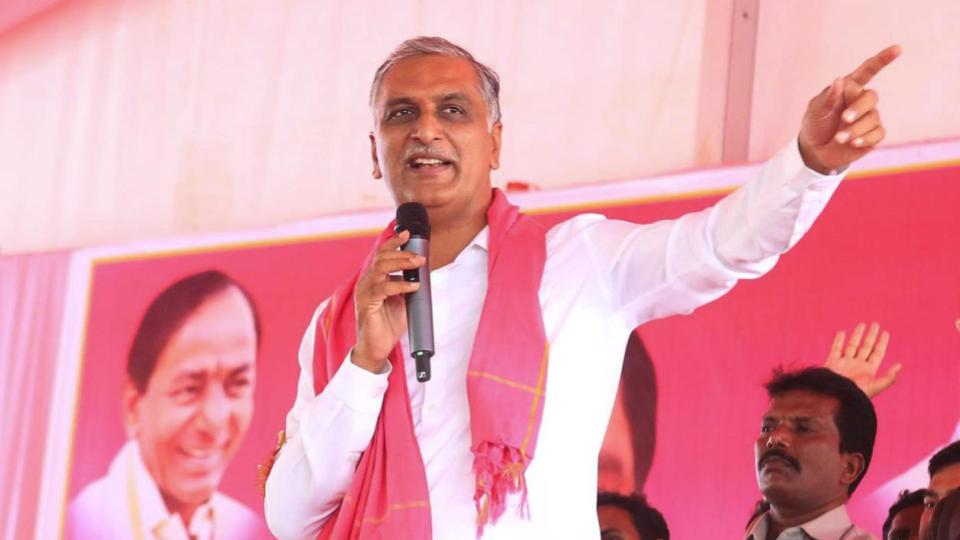



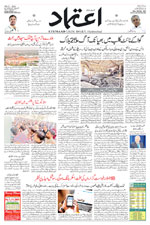




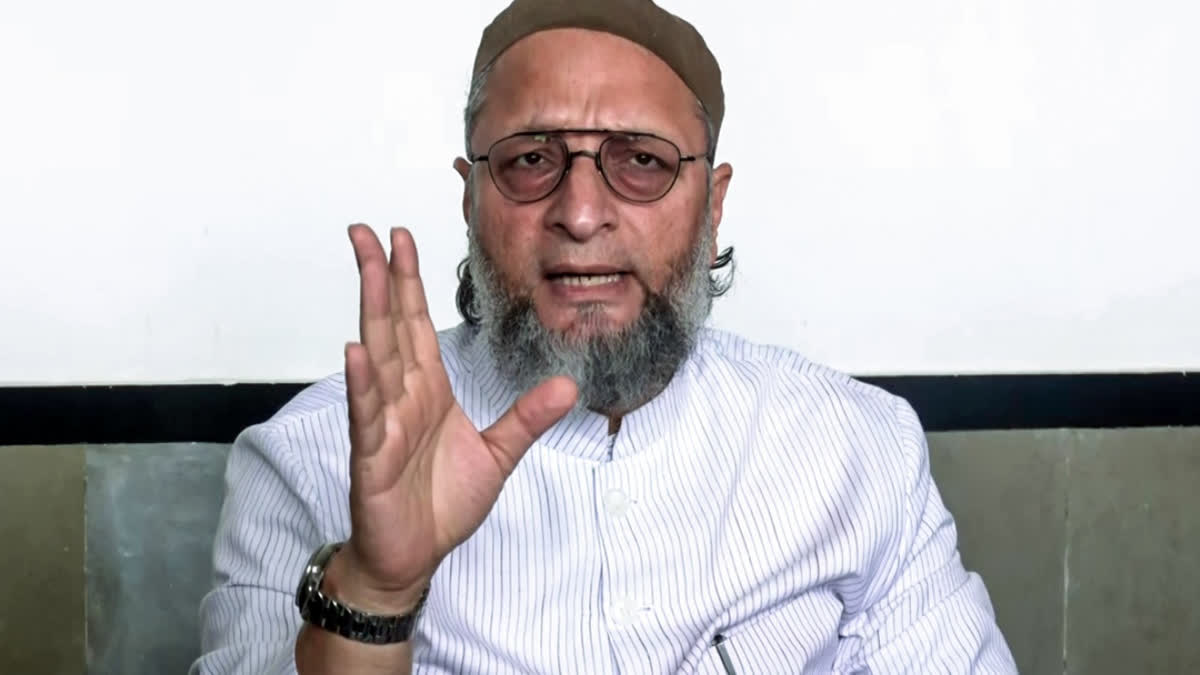
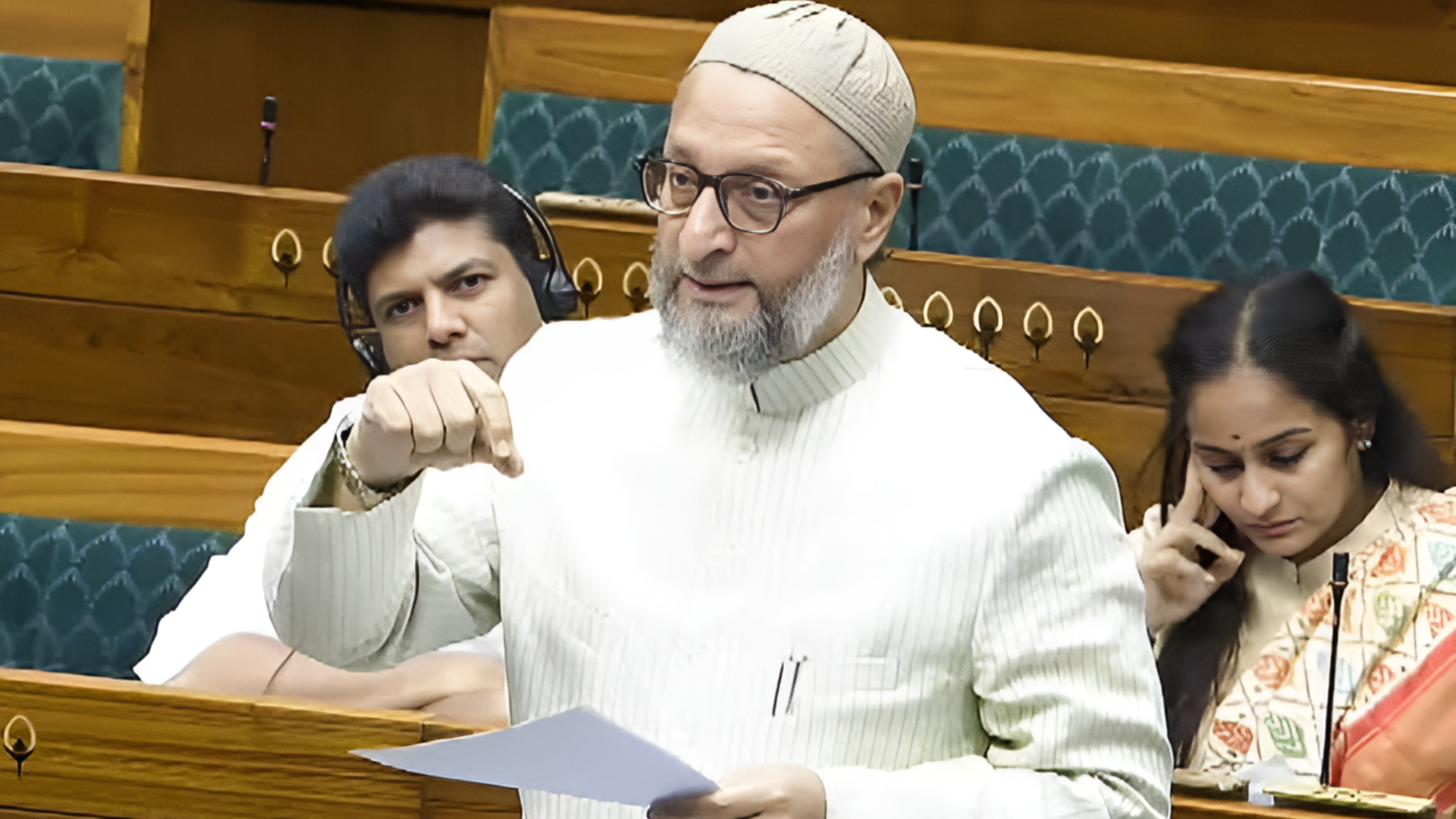
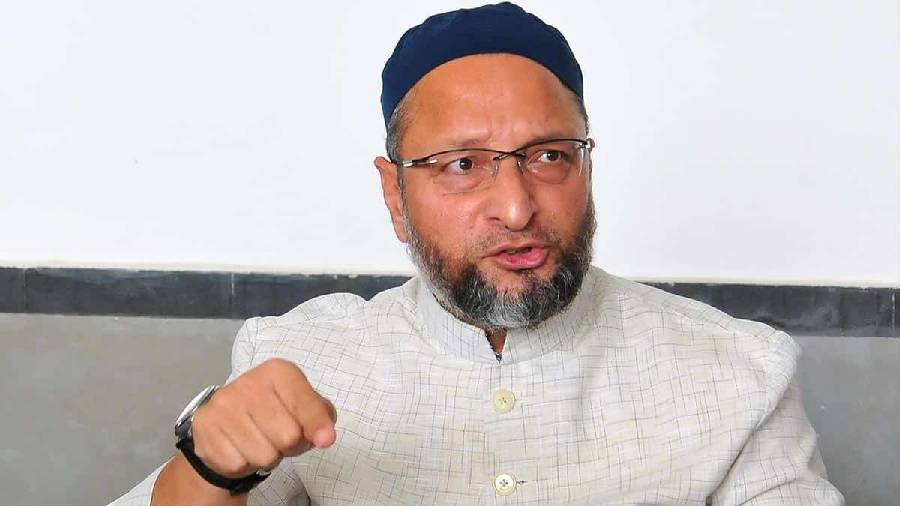
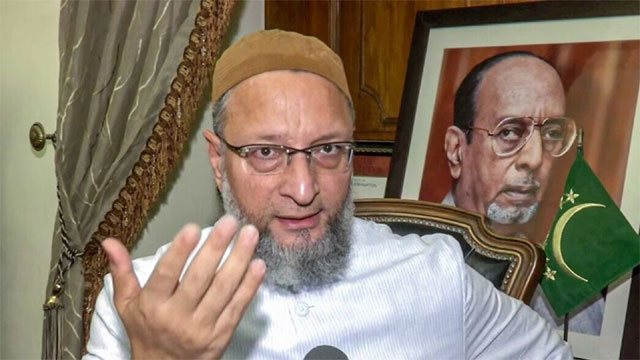
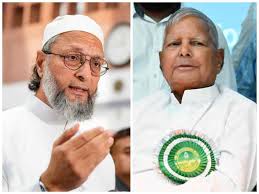
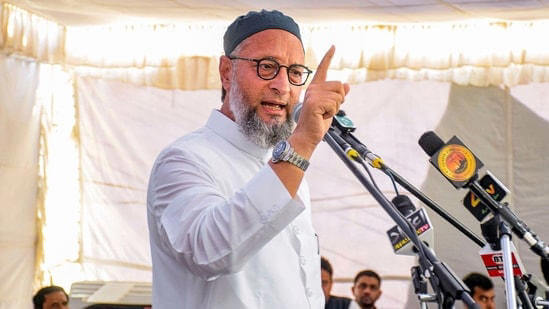
.jpg)
.jpg)
.jpg)

